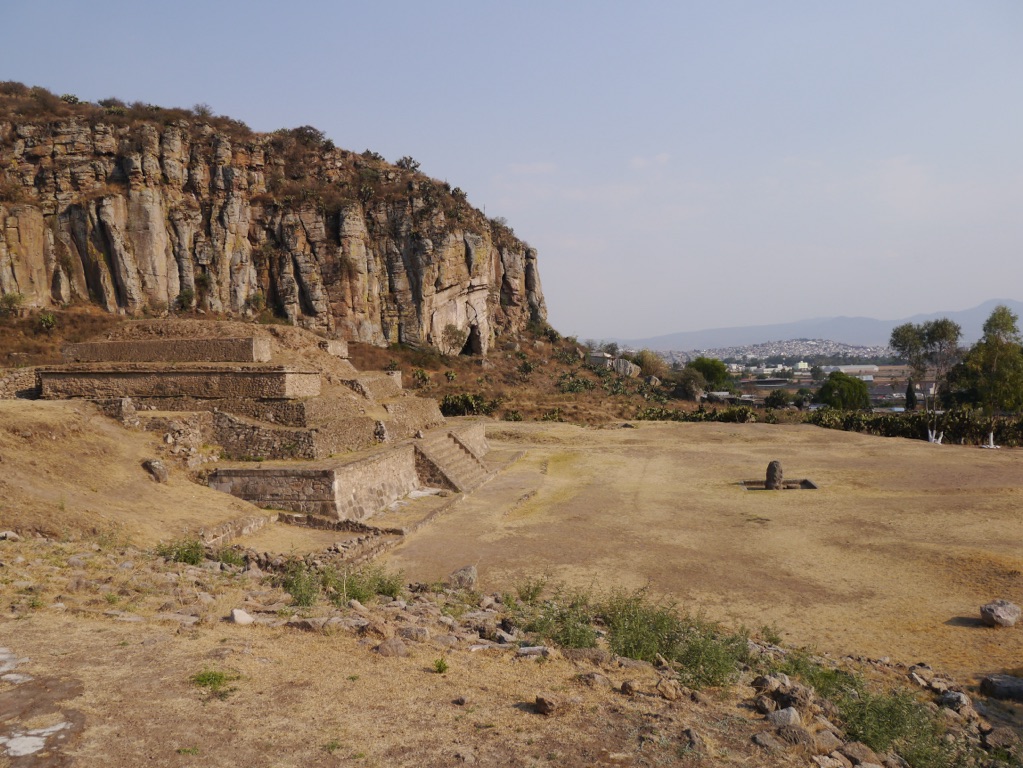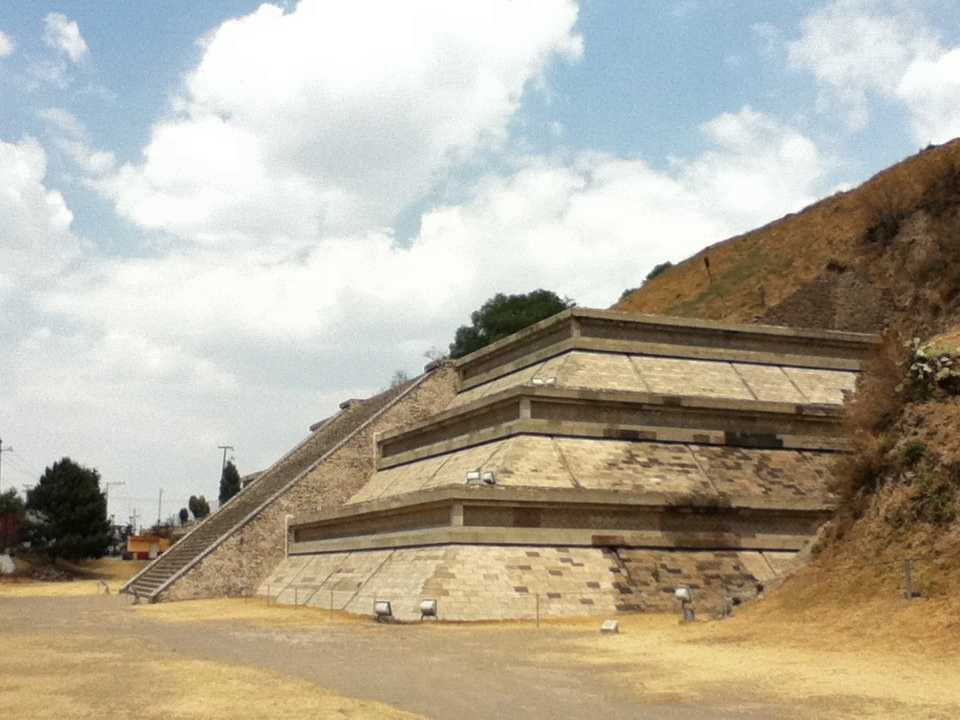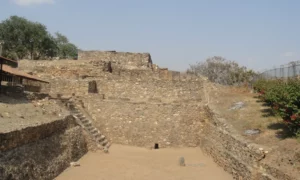San Miguel Ixtapan is an archaeological site located in the State of Mexico, known for its historical significance and ancient artifacts. The site dates back to the pre-Columbian era and has been a focal point for studies on Mesoamerican civilizations. It provides valuable insights into the Teotihuacan culture, which flourished in central Mexico. The discovery of tombs, monuments, and various artifacts at San Miguel Ixtapan has contributed to our understanding of the social, political, and religious practices of the people who once inhabited this region.
Teotihuacan civilization
The Teotihuacan civilization was one of ancient America’s most mysterious and influential cultures. It existed from approximately 100 BCE until about 550 CE, in what is now central Mexico. The city of Teotihuacan, for which the civilization is named, was one of the largest in the world at its peak. It is famous for its grandiose architecture, including the Pyramid of the Sun and the Pyramid of the Moon. These structures are aligned with celestial bodies, revealing the Teotihuacans’ advanced understanding of astronomy. The Teotihuacan civilization was a complex society with a well-organized urban plan, featuring broad streets and residential compounds.
During the Teotihuacan civilization timeline, the society developed an economy based on agriculture and trade that extended across Mesoamerica. This enabled them to exert influence over a wide area, spreading their cultural practices and religious beliefs. The Teotihuacans are known for their beautiful murals and other art that adorned their city, including intricate masks and statues. Although much has been lost about their language and writing system, the artifacts and ruins left behind tell the tale of a civilization deeply invested in religion, trade, and the arts. After reaching its height around 450 CE, Teotihuacan experienced a period of decline, and by the 7th century, the city was abandoned, leaving historians and archaeologists to piece together the storied past of this ancient civilization.

Huapalcalco
Huapalcalco, nestled in the heart of Mexico, stands as a testament to the region’s ancient civilizations. This pre-Columbian site bears the marks of a complex society and a deep-rooted history. It invites visitors to delve into a time when Mesoamerican cultures flourished. Known for its architecturally impressive ruins, Huapalcalco offers a rare glimpse into the past. It showcases ceremonial platforms and intricate stone carvings that adorn its landscape. This place is not just a tourist attraction, but a bridge to a bygone era. It holds tales of a people whose ingenuity and spirituality were etched into every stone.

The Great Pyramid of Cholula (Tlachihualtepetl)
Located in the Mexican state of Puebla, the Great Pyramid of Cholula, also known as Tlachihualtepetl (Nahuatl for “made-by-hand mountain”), is a marvel of ancient architecture and engineering. This pre-Columbian pyramid is not only the largest archaeological site of a pyramid in the New World, but also the largest pyramid by volume known to exist in the world today. Its sheer size and historical significance make it a fascinating subject for history enthusiasts.

